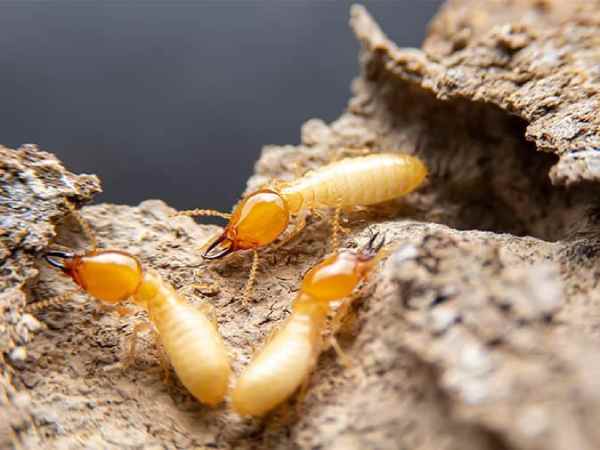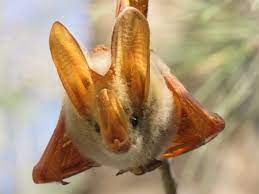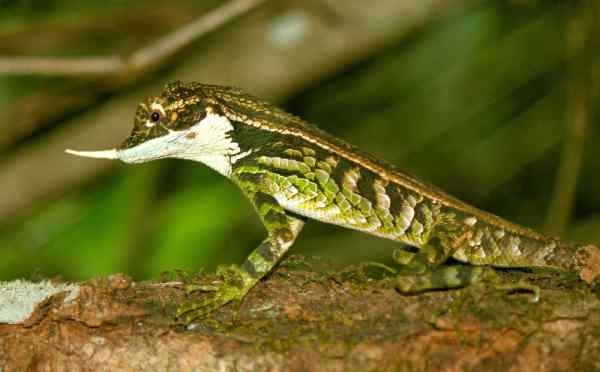In the intricate tapestry of Earth’s ecosystems, a never-ending gastronomic journey unfolds, showcasing the astonishing variety of life’s diets. One of nature’s most intriguing culinary delights is the consumption of caterpillars by a myriad of animals. From the smallest insects to some of the largest mammals, these seemingly defenseless creatures are a prized dish for numerous predators, illustrating the fascinating intricacies of the food web.
In this captivating exploration, we delve into the world of What Animals Eat Caterpillars. The dining preferences of different species provide an astonishing glimpse into the extraordinary adaptability and strategies of both hunters and the hunted.
Whether it’s a stealthy ambush by a well-camouflaged predator, a caterpillar’s own chemical defenses, or the pursuit of essential nutrients, this journey reveals the cunning tactics and evolving adaptations of creatures engaged in this age-old culinary battle. Join us as we unveil the secrets of nature’s dining table, where caterpillars take center stage in a never-ending feast of survival and evolution.
Brief explanation of the significance of caterpillars in ecosystems:
Caterpillars play a pivotal role in ecosystems worldwide. Their significance extends far beyond being merely a source of sustenance for various animals. Caterpillars are herbivores that consume plant material, making them vital contributors to nutrient cycling and energy flow within ecosystems. Their voracious appetite for vegetation helps regulate plant populations, preventing unchecked growth that could otherwise disrupt the delicate balance of an ecosystem.
Additionally, caterpillars serve as an important link in the food chain, providing a crucial energy source for countless predators, from insects to birds and mammals. Understanding the ecological role of caterpillars underscores the intricate interdependence of species within ecosystems and highlights the profound impact that changes in their populations can have on entire food webs.
Importance of understanding the predator-prey relationships:
Understanding predator-prey relationships, such as those involving caterpillars, is fundamental to ecological research and conservation efforts. These relationships reveal the complex dynamics that govern ecosystems. When we study which animals consume caterpillars and how, we gain insights into the ecological roles and adaptations of both predators and prey.
This knowledge aids in identifying keystone species, which have a disproportionately large impact on their ecosystems, and helps us comprehend the consequences of their removal or decline. Moreover, it informs habitat management strategies, as preserving the habitats of key caterpillar consumers can have cascading positive effects on entire ecosystems.
By studying predator-prey interactions, we enhance our ability to protect biodiversity and maintain the ecological stability necessary for the well-being of all species, including our own.
Caterpillars: A Delicacy for Many Creatures:
Caterpillars, with their soft bodies and nutrient-rich flesh, are a delicacy for a wide range of creatures. Birds, such as sparrows and warblers, are known to relish these protein-packed morsels, especially during the breeding season when they need ample food to nourish their growing chicks. Insects like ladybugs and praying mantises also seize the opportunity to feast on caterpillars, contributing to biological pest control in agricultural systems.
Even mammals, such as shrews and bats, add caterpillars to their eclectic diets. This widespread predation on caterpillars demonstrates the versatility of these insects as a food source, showcasing their role as a linchpin in the food web, sustaining diverse species across ecosystems. As we delve into the dining habits of these creatures, we gain a deeper appreciation for the intricacies of nature’s culinary world.
Birds:

Birds are prominent caterpillar consumers. Many species of birds, including warblers, sparrows, and chickadees, rely on caterpillars as a primary food source, especially during the breeding season when they need abundant protein to feed their hungry nestlings. Birds play a crucial role in controlling caterpillar populations, which, if left unchecked, could damage plants and disrupt ecosystems. Their consumption of caterpillars contributes to the regulation of herbivorous insect populations and helps maintain ecological balance.
Insects:

Insects are not only predators of caterpillars but also share a complex relationship with them. Insects like ladybugs and praying mantises are well-known caterpillar predators, contributing to biological pest control in agriculture. Some insects, however, have mutualistic relationships with caterpillars, such as certain species of ants that “farm” caterpillars for their sugary secretions. This diverse interaction between insects and caterpillars underscores the intricate web of relationships within insect communities.
Mammals:

Mammals, including shrews, bats, and certain rodents, occasionally include caterpillars in their diets. While mammals often prefer larger prey, caterpillars offer a readily available food source, especially in the larval stage when they are abundant. Mammalian predation on caterpillars is part of the broader food web, with these creatures contributing to the energy flow in terrestrial ecosystems.
Amphibians and Reptiles:

Amphibians and reptiles also play roles in the caterpillar-predator dynamic. Some amphibians, like frogs and toads, consume caterpillars as part of their diet. Reptiles, such as certain lizard species, may opportunistically feed on caterpillars when they encounter them. While not as specialized as some bird or insect predators, amphibians and reptiles contribute to the overall regulation of caterpillar populations within their respective habitats.
Caterpillar Defense Mechanisms:
Caterpillars, despite being delectable morsels for many animals, are not defenseless. They have evolved an array of fascinating defense mechanisms to evade predation. Some caterpillars are masters of camouflage, resembling twigs, leaves, or even bird droppings to blend seamlessly into their surroundings. Others employ warning coloration, flaunting bright hues as a deterrent, indicating their toxicity or unpleasant taste.
Certain caterpillars possess spines, bristles, or stinging hairs that can cause discomfort or injury to potential predators. Beyond physical defenses, caterpillars often produce chemical toxins as a last line of protection. These multifaceted strategies showcase the incredible adaptability and resourcefulness of these insects. The study of caterpillar defense mechanisms not only reveals the evolutionary arms race between prey and predators but also sheds light on the diversity of tactics employed by organisms in the perpetual struggle for survival.
Final Words:
In the intricate tapestry of ecosystems, caterpillars emerge as both a cornerstone and a catalyst for life’s myriad manifestations. Their role as herbivores, prey, and masters of defense underscores their significance in the grand theater of nature. By understanding the interplay between caterpillars and their predators, we unravel the mysteries of ecological dynamics and evolution, unveiling the delicate web that sustains life on Earth.
Caterpillars are not mere insects; they are a testament to the ingenious strategies life devises to navigate the perpetual challenge of survival. Thus, our exploration of caterpillars serves as a gateway to a deeper appreciation of the complexity, diversity, and interconnectedness of life in our natural world, urging us to embrace our role as stewards of this intricate tapestry and to conserve the delicate threads that bind us all.
Reference:
- https://eliteextermination.com/en/news/what-do-mice-eat/
- https://www.ehow.com/info_7855209_caterpillars-enemies.html
- https://extension.umn.edu/yard-and-garden-insects/tomato-hornworms
A motivated philosophy graduate and student of wildlife conservation with a deep interest in human-wildlife relationships, including wildlife communication, environmental education, and conservation anthropology. Offers strong interpersonal, research, writing, and creativity skills.










